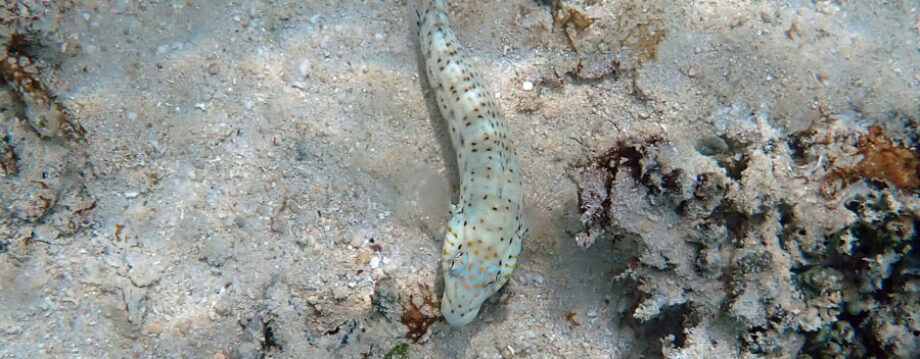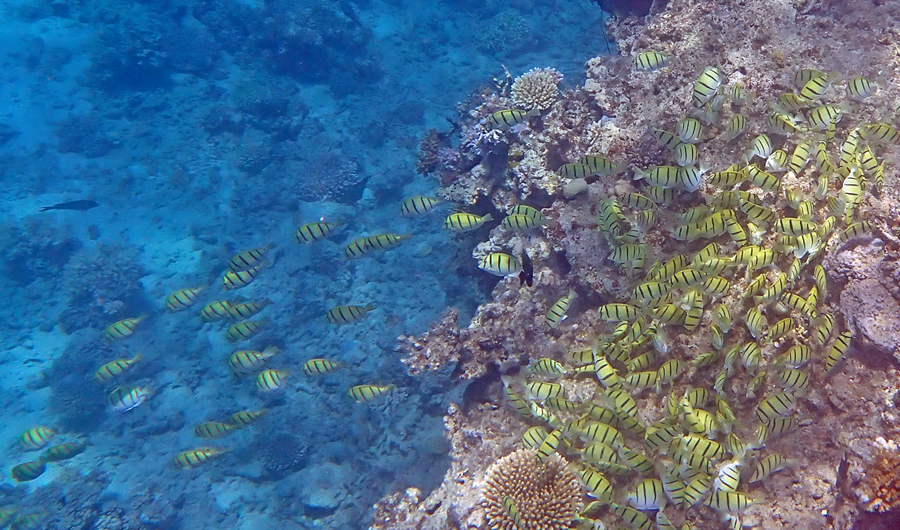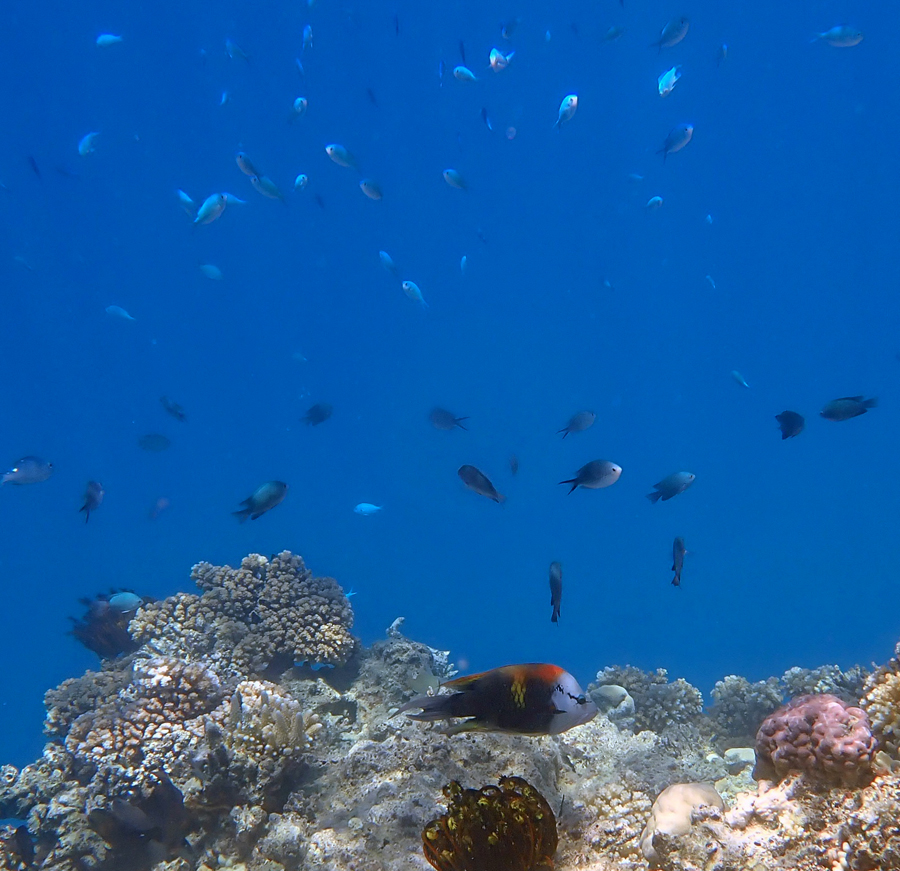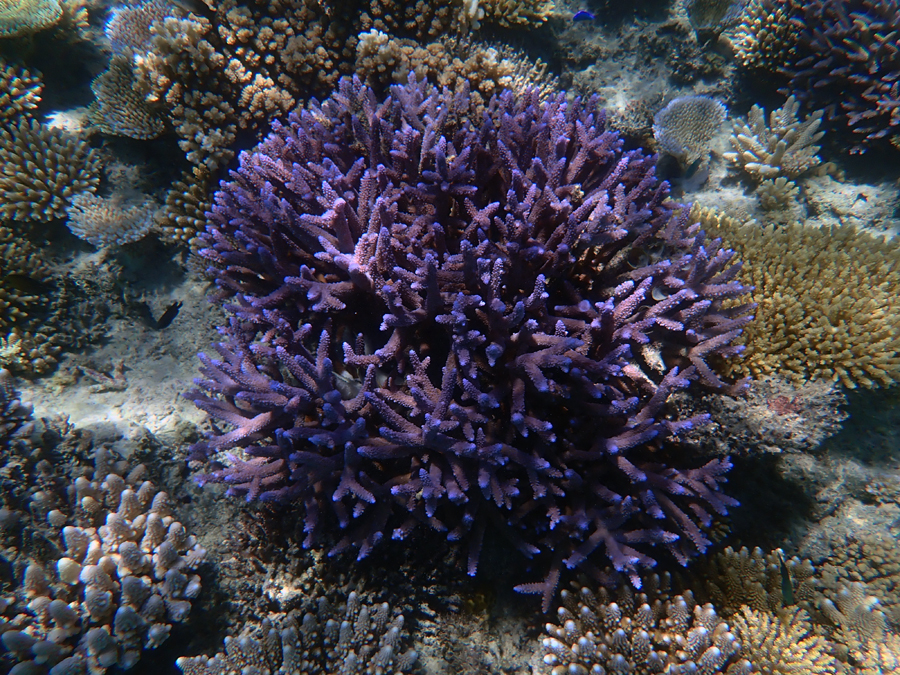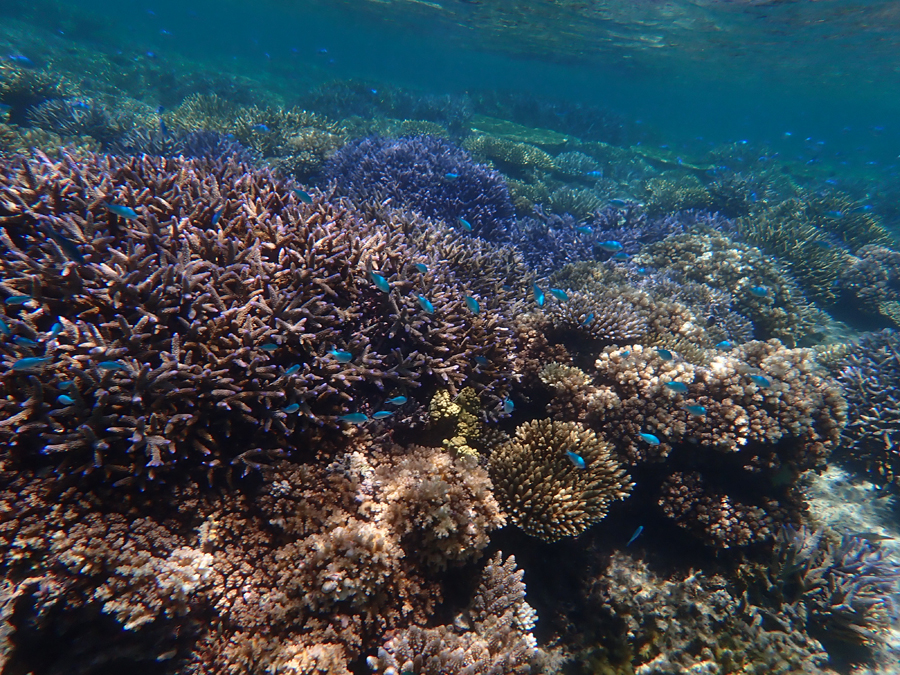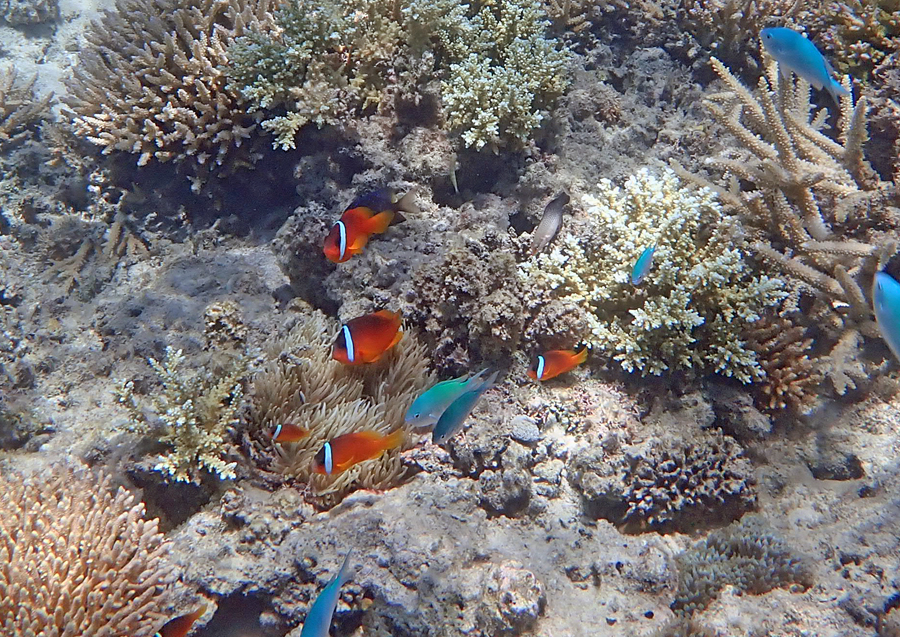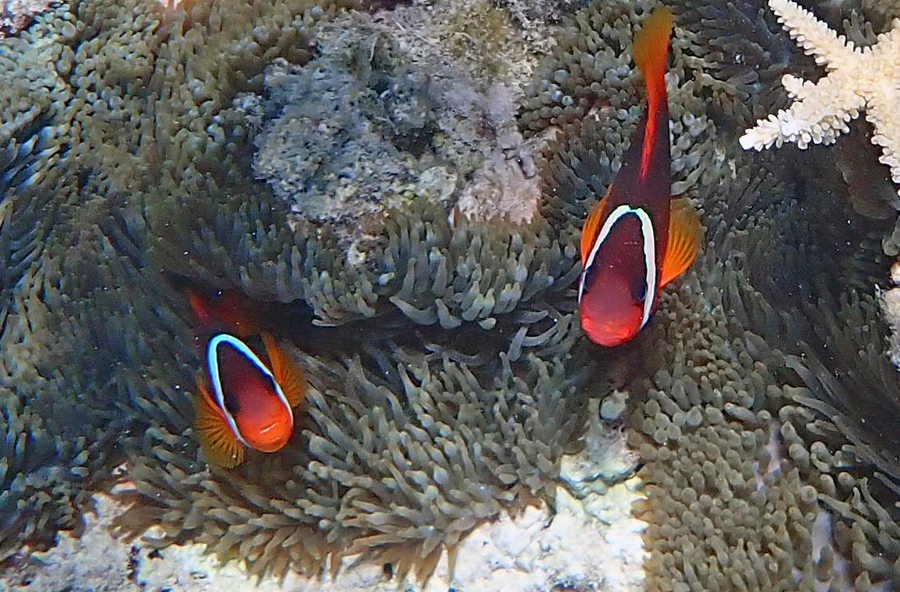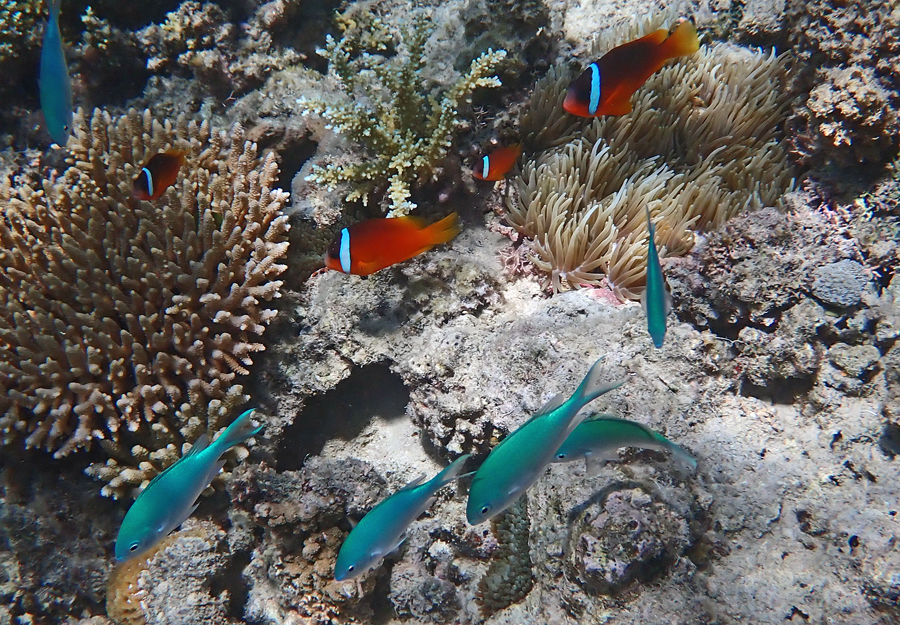We both agree Fiji has super-friendly people. I know I have said this before when writing about Fiji, but it warrants mentioning again. Cindy and I both tend to say hello to strangers. When passing someone on the street, getting on a bus, or the person sitting next to us on a plane will all be greeted with a simple hello. It’s polite and it’s the right thing to do.
Sometimes our simple hello is met with a grunt, a blank stare, or a cold-shoulder accompanied by a look in the other direction. These are rare and I tend to feel sorry for the people who hate life so much at that particular moment in time they can’t even muster up enough positivity to cordially respond. We are usually the first to say hello. But, not in Fiji.
Fiji wins the award for greeting perfect strangers and making them feel welcome. It is the first place we have traveled in the world where the majority of the time people beat us to the simple hello. Or, as they say in Fiji, bula. We love this about the Fijian people and hope it never changes.
It was interesting being on the dock with other boaters from all over the world. When walking up and down the dock, we tended to be the first to talk to a person passing the opposite way. Some people seemed surprised that we’d say hello. Others would give a big smile and say hello back. As soon as we were off the dock, the local people would then beat us to the punch line and be the first to say hello to us.
Not only do the Fijians acknowledge the presence of another person, they do it enthusiastically. And, I mean enthusiastically. The face will light up, a smile is there and eye contact is made. Even the young kids we met on the streets shout out a bula. It really makes a person feel good to be on the receiving end of such enthusiasm.
I tend to be one of the people who will strike up a conversation with a stranger. I know, I am that annoying person who will say hello and talk to you if you sit next to me on a bus or a plane. In Fiji, every time I started a conversation, it was met with a general interest that led to a friendly exchange. A lot of Fijians are curious about what we think of their country and how it compares to other places we’ve visited. They ask a lot of questions. The one that made me laugh then and I still smile at today is, what color are the people in French Polynesia. This was asked by a young man who was shining the shoes of a policeman and chatting.

Linckia laevigata, blue Linckia, or blue star is a species of sea star in the shallow waters of the tropical South Pacific
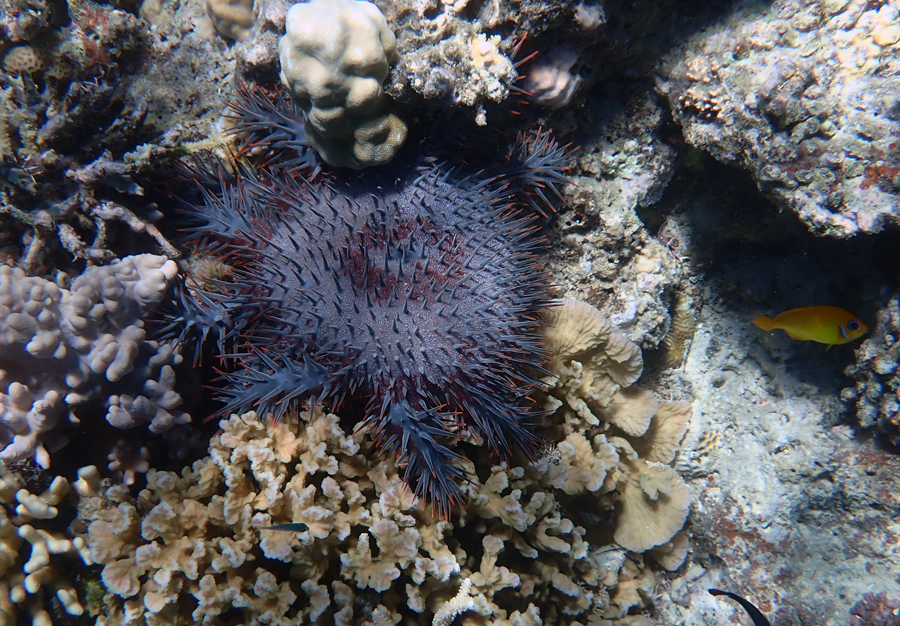
The crown-of-thorns starfish is a large starfish that preys upon hard, or stony, coral polyps. The crown-of-thorns starfish receives its name from venomous thorn-like spines that cover its upper surface, resembling the biblical crown of thorns. It is one of the largest starfish in the world.
There is a large Indian influence in Fiji. This is neither a good or bad thing, just an observation. On the plus side, it made Indian food readily available. It’s probably not as authentic as food in India. It has a bit of a British flair to it, much like most things in Fiji since it is an ex-colony. Much like how Tex-Mex food in Texas is rather different from food in Mexico. We found a wonderful Indian restaurant near the marina and worked our way down the menu during our stays there. This was Cindy’s first introduction to Indian food which has never really gained a foothold in the USA restaurant front. She is now a fan.
One of the things resemblant to India is how businesses provide very cheap goods and services to the less affluent population. I call this “a dime at a time” business profit strategy. The strategy is based on shear volume and not margin. This is true with the bus system on Viti Levu. The bus fares are dirt cheap. And, there is no way most buses would pass safety checks in most other countries. We often hopped on the bus when running a few errands. The buses are frequent and often rather full. I truly was amazed at how old some of the buses were and that they were still running. One bus we rode on had a wooden cabin top. Since it didn’t have windows most of the wood was rotten.
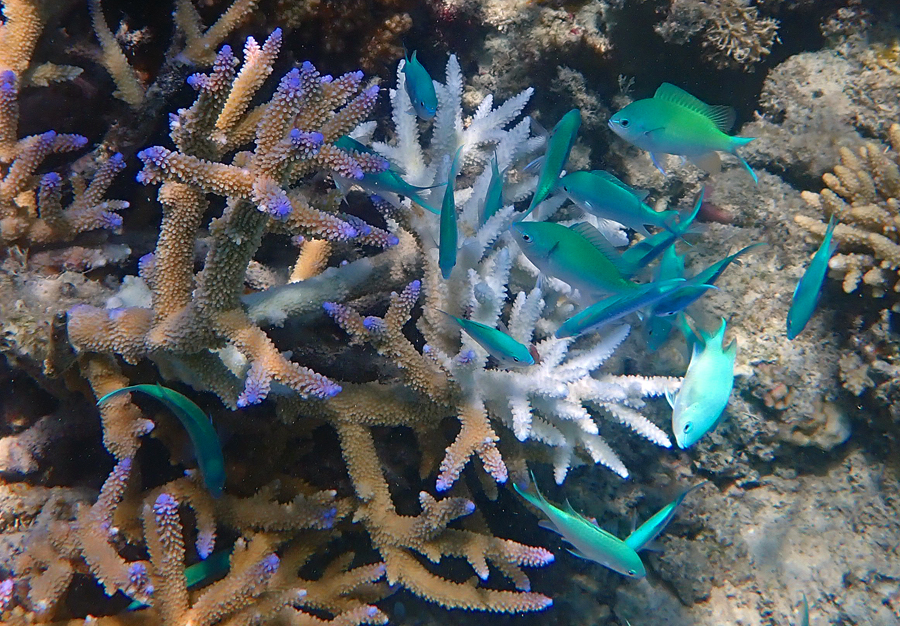
The color of life underwater is incredible. These little blue fish are very common but we are always excited to see them.
Fijians do not know how to cook French fries. In every restaurant where we had fries as a side order, they came out lightly cooked, not even slightly brown. We ask repeatedly for the fries to be cooked to a golden brown. This just never seemed to work and the fries would come out pale. One restaurant we frequented, had “crispy fries” as a menu item. They weren’t. The best fries we found in Fiji were at Burger King.
I honestly don’t know what it takes in Fiji to get fries cooked to a golden brown. Perhaps I should have taken a picture of an order of properly cooked fries to each restaurant and sent it back with my order with instructions to cook the fries until they match the picture.
We found Fiji to be very inexpensive. As I say this, keep in mind we arrived in Fiji from French Polynesia, one of the most expensive places on the planet. I was thrilled to find a beer at a restaurant is about US$2.5. In fact, most meals we ate we had to do a double take of the check as it never seemed high enough. For dinner: two alcoholic drinks, an appetizer, two entrées, and perhaps a shared dessert – under US$50. We loved this about Fiji. It helped us to decide to try new foods and places that perhaps we wouldn’t have tried if more expensive.
Many of the Fijian men wear a traditional sula or sarong. This is not something they do just for tourists. In some of the off-the-beaten-path places we visited, we noticed men wearing sarongs. This is especially true if they are of Fijian heritage. I laughed one day when while in one of our favorite restaurants, I noticed all the men were wearing sarongs and the women were wearing pants.
If I were to ding Fiji on one thing, it would be the grocery stores. Groceries are very affordable. This is not the issue. The issue is the variety of food sold in the stores. Or, I should say, the lack of variety. In the areas we visited, we never found a large supermarket (like a Carrefour, Kroger, or Tesco). Even the largest markets sold the same stuff as the smaller ones. Things like bagels, pork and beans, relish, certain cheeses, gravy mixes, and good beef items were very hard to find.
The thing we’ll miss most about Fiji, in addition to inexpensive restaurants and incredibly friendly people, is life underwater. We have found some awesome spots and have seen more species of fish here than in other places. The water is a little cooler than what we’ve been used to in French Polynesia but the wow factor is more vivid in Fiji.
In addition to an abundance of tropic fish at the reefs we’ve visited, we have also noticed very healthy coral in abundance. Most people tend to look past the coral and focus on the fish but, both of us appreciate the beauty of these marine invertebrates. The vibrant colors of red and purple are really hard to capture on camera, you just have to be there to see it for yourself.
An example of what I mean by an abundance of tropical fish is when Cindy found a family of clownfish (like Nemo in the movie Finding Nemo). For as long as we’ve been living this lifestyle and as often as we spend in the water, you’d think we’d see clownfish more often. It wasn’t until we reached Fiji did we spot them frequently. The trick is to look for anemones. Anemones, if touched, are venomous to fish (and humans). The venom is a mix of toxins, including neurotoxins, that paralyzes the prey so the anemone can move it to the mouth for digestion. The toxins affect most species of fish and crustaceans. However, clownfish are not affected by their host anemone’s sting. They use the anemone for shelter from predators and live among the anemone’s tentacles.
For us, finding clownfish was on the same par as seeing manta rays, sharks, dolphins, turtles, whales, moray eels, and octopi. All of which we have done. Fiji’s unspoiled waters offer crystal-clear visibility and are warm enough for us to stay in for a couple of hours at a time.
I swear, I heard Cindy shriek underwater when she spotted her first clownfish in Fiji. Then, there was the day when she found an entire family of clownfish. I was off taking pictures of something not near as interesting and she came to find me after making a note of the location. She hit the clownfish jackpot that day. We watched the clownfish swim about and rub themselves on the tentacles of the sea anemone until we were both too cold to watch any longer. We both looked like prunes when we got back into our dinghy. The hot Fiji sun helped quickly warm us up.
Here’s another interesting tidbit about clownfish: they are all born males. When the female of the group dies, one of the other males goes through a sex change and becomes a female. There is usually only one female per group. Once female the fish remains female and cannot change back. Male clownfish are the primary caretakers for their young, with females only helping on occasion. Clownfish communicate by making popping and clicking noises.
Sadly, Fiji sits smack bang in the middle of the cyclone belt. This means we can’t stay there in the summer (November – April). They are known to get hit by at least one large cyclone every year. The safe options for boats are limited. Our insurance company doesn’t cover the Puffster for cyclone storm damage during the summer so we need to move to an agreed-upon place outside of the belt. If we are then hit by a cyclone, they will pay for damage since the odds of being hit are greatly reduced by being out of the zone. Else, we could face a rather large financial blow if we got caught.
This year the South Pacific waters are warming as we transition from a La Niña to a hard El Niño weather pattern. This means storms will be more frequent and larger than in the past few years. We have enjoyed a long La Niña pattern since arriving in the South Pacific. In October, there was a cyclone in New Caledonia. This is 2 weeks prior to the official start of the cyclone season. I guess Mother Nature doesn’t keep the same calendar as us. She caught a few vessels by surprise who were stragglers heading west or to Australia, including a couple of friends. Thankfully, our friends found safe havens to ride out the storm.
We both decided that we’ll return to Fiji after the cyclone season is over. If you are a regular reader of this blog, you know how rare it is for us to make a statement like this. Normally, we are eager to find what lies ahead of us over the horizon. Fiji is an exception. We want to spend more time there.
